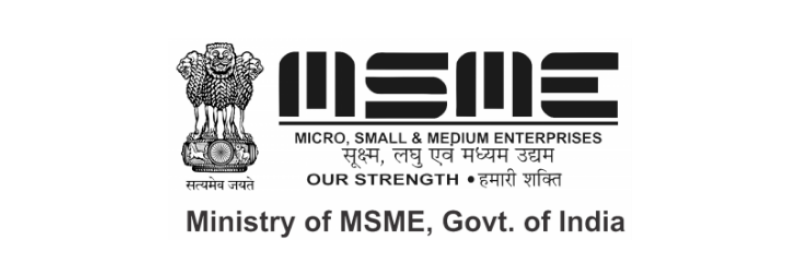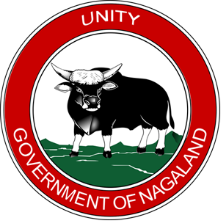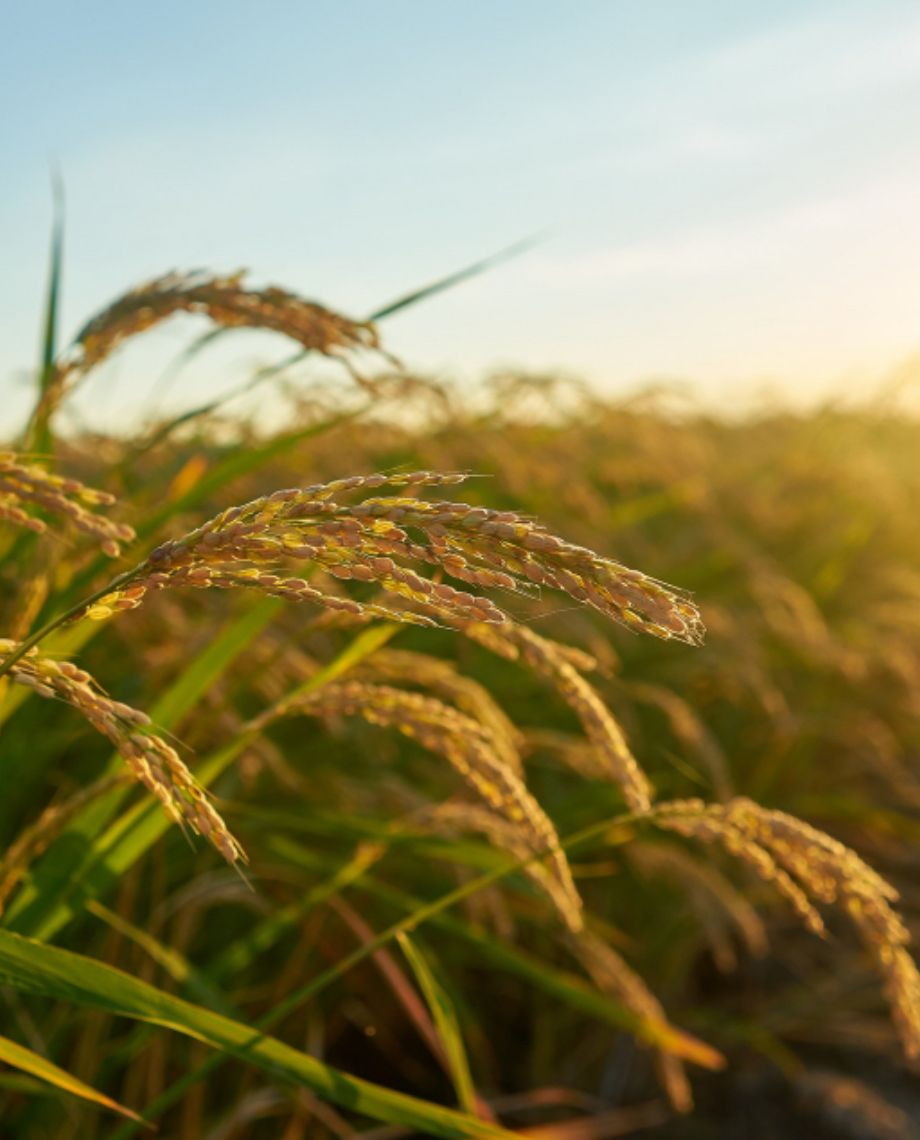Invest in Nagaland
Where Culture, Talent,
& Capital Converge
INVEST IN NAGALAND
3rd
Highest reserve of Cobalt in India
~600 MT
Of crude oil reserve
4th
Largest producer of Tapioca
State Potential
Demographic Advantage
Nagaland, with a population of approximately 2 million, boasts a predominantly young and educated populace, with a literacy rate of 79.6%, surpassing the national average of 73% . Additionally, Nagaland is recognized as one of the safest states for women in India, with the lowest incidence of crimes against women.
Educational Facilities
Nagaland invests 16.1% of its budget in education (above India’s 14.8%), with 1,157 primary, 787 upper primary schools, 6 universities, and 71 colleges. Nagaland has NIT Nagaland, School of Engineering & Technology (SETAM), National Institute of Electronics and Information Technology (NIELIT), Nagaland Tool Room and Training Centre (NTTC) and 9 polytechnic institutes. Nagaland also has its own Medical College located in Kohima.
Technology & Advancement
Nagaland is actively developing its technology sector through e-governance initiatives and IT infrastructure projects. STPI (Software Technology Parks of India) at Kohima offers 18,137 sq. ft. with incubation spaces, plug-n-play workstations, and high-speed connectivity to tech companies. Under Startup Nagaland, there are 5 Incubators and 350+ Startups registered in Nagaland.
Infrastructure Details
Nagaland’s infrastructure includes 1,670 km of National Highways (AH1 & AH2), 650 km of State Highways, and 28,039 km of rural roads, totaling 37,871 km (2019). Dimapur Airport connects to Delhi, Kolkata, Guwahati, Imphal, and Dibrugarh, with helipads in Zunheboto, Wokha, and Kohima. Rail connectivity is expanding with the Dhansiri–Zubza railway line, linking Dimapur to Kohima for the first time and integrating the state capital into the national rail network
Sustainability Initiatives
Nagaland has a solar potential of 7,920 MWp and a total renewable energy capacity of 110.84 MW, including hydro and solar sources. The state promotes green energy, organic farming, and eco-friendly industries, attracting investment in sustainability. The Nagaland Renewable Energy Development Agency (NREDA), promotes solar rooftops, street lights, water pumps, and off-grid systems. Khonoma, India’s first green village, showcases this commitment through conservation and sustainable tourism.
Latest Policies & Schemes
Nagaland Tourism Policy 2024
General Operational Guidelines for registration
Nagaland IT Policy
2004
2004
Focus Sectors Of The State
Agriculture & Allied Sector
Tourism & Hospitality
Food Processing







